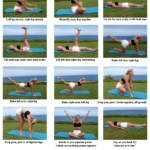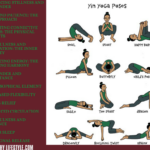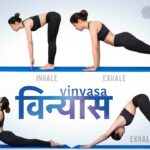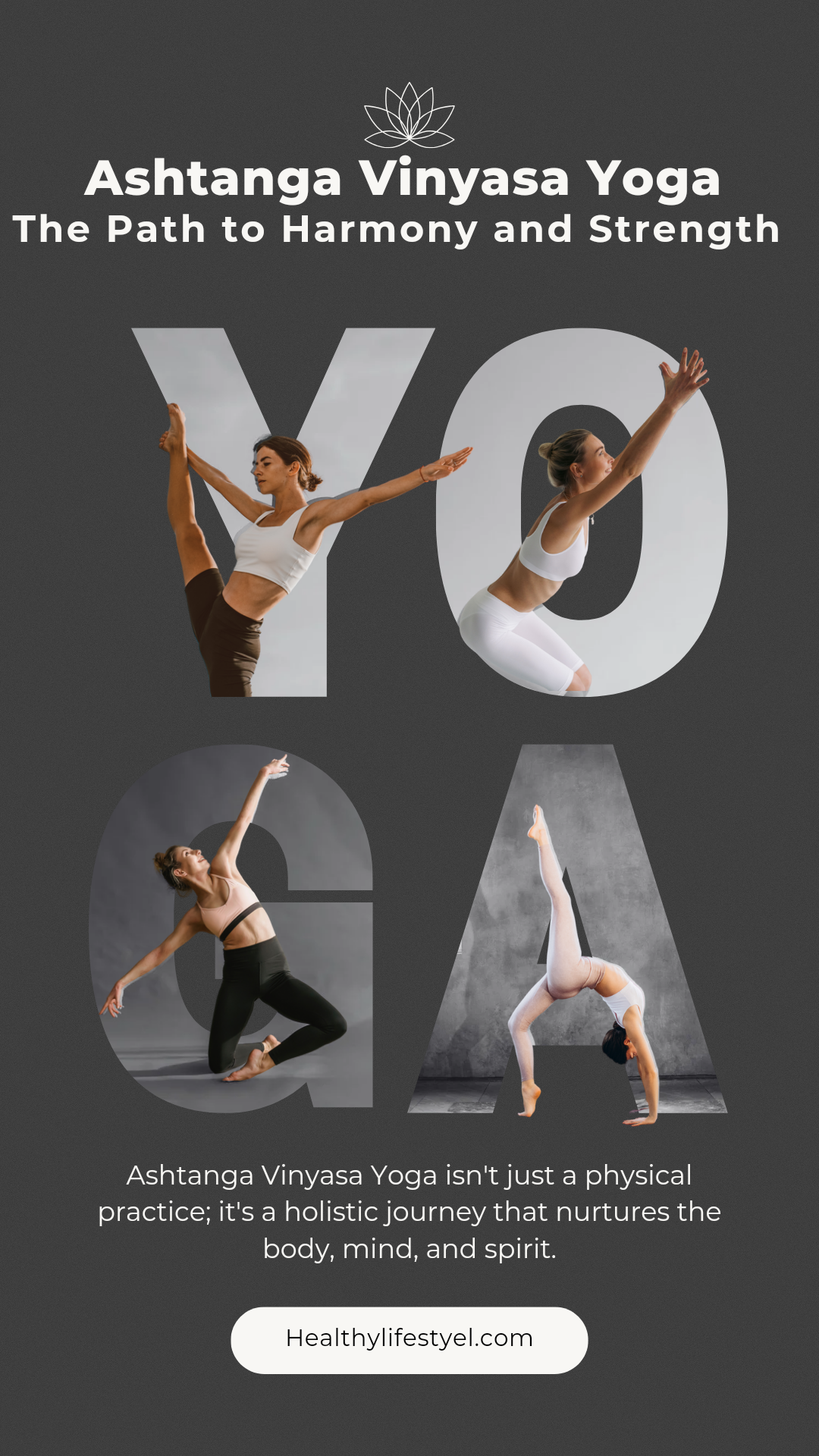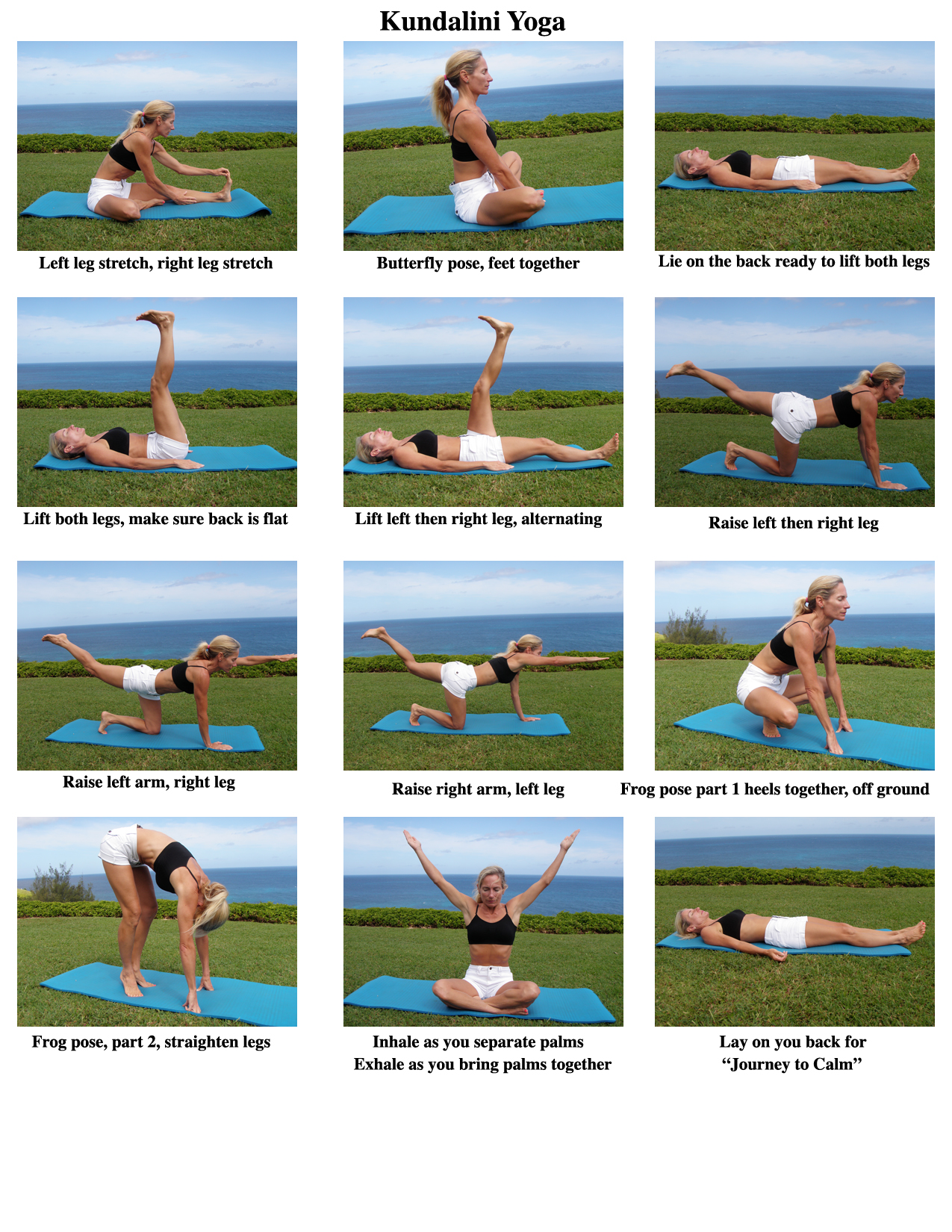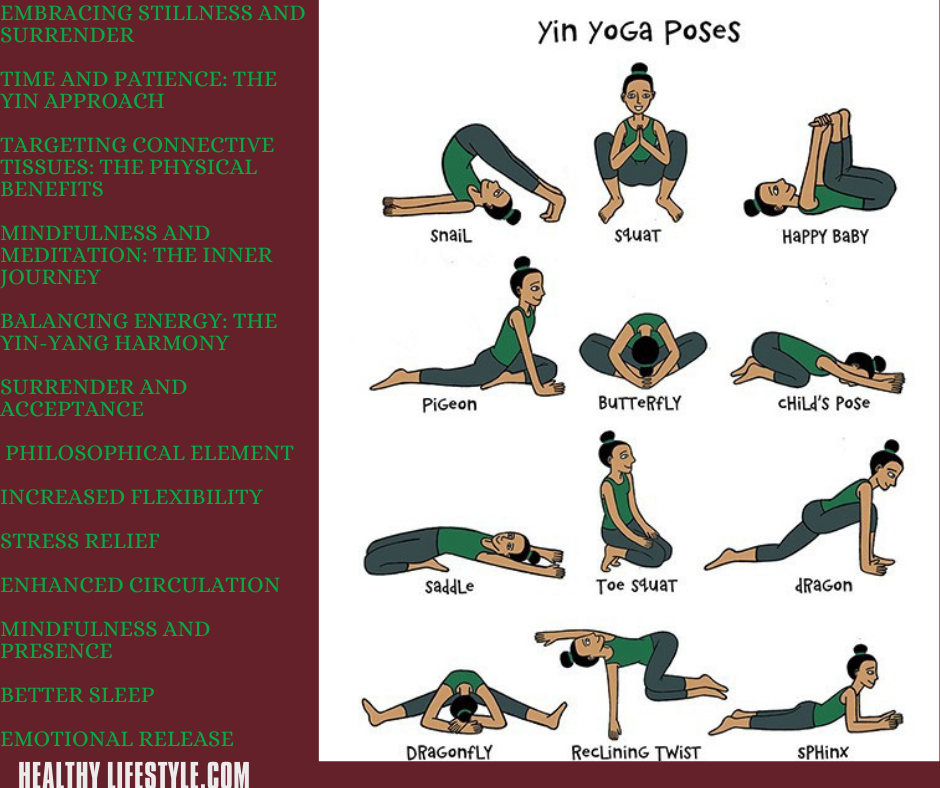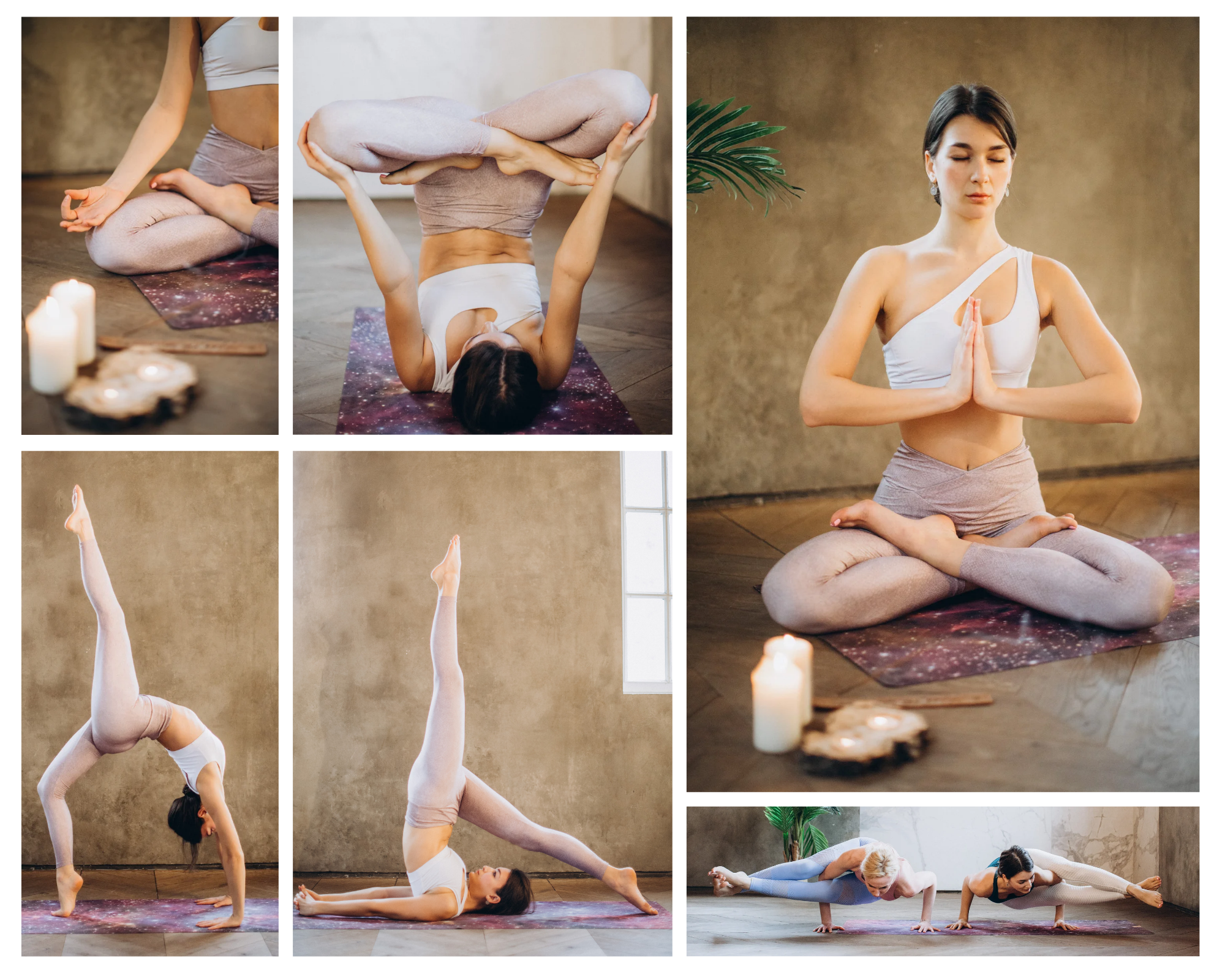Introduction:
In a world brimming with stress and chaos, the search for balance and tranquility becomes paramount. Enter Ashtanga Vinyasa Yoga, a practice that not only hones physical strength but also nurtures mental serenity. This ancient yoga style, known for its flowing sequences and rhythmic breathing, has gained popularity as a powerful tool for holistic well-being. In this article, we delve deep into the realms of Ashtanga Vinyasa Yoga, exploring its origins, benefits, and the profound impact it can have on your life.
Ashtanga Vinyasa Yoga: A Fusion of Movement and Breath
Ashtanga Vinyasa Yoga, often referred to as simply “Ashtanga yoga,” is a dynamic and physically demanding form of yoga that synchronizes movement with breath. It was developed by the revered yogi Sri K. Pattabhi Jois and is based on the ancient yoga philosophy of Patanjali. The practice encompasses a series of flowing postures, each connected by a specific breathing technique known as Ujjayi pranayama. Ashtanga Vinyasa Yoga is composed of six series, each building upon the previous one, making it suitable for practitioners of all levels.
The Eight Limbs of Ashtanga Vinyasa Yoga
At the heart of Ashtanga Vinyasa Yoga lies the Eight Limbs, a philosophical framework that guides practitioners on their path to self-realization. These limbs encompass ethical principles, physical postures, breath control, concentration, and meditation. Through the diligent practice of Ashtanga yoga, individuals embark on a journey of self-discovery, gradually transcending physical limitations and connecting with their inner selves.
Embarking on Your Ashtanga Journey: A Step-by-Step Guide
1. Finding a Qualified Instructor:
To dive into the world of Ashtanga Vinyasa Yoga, it’s crucial to find a knowledgeable instructor who can guide you through the intricate sequences and alignments. Look for someone experienced and certified in Ashtanga yoga.
2. Starting with the Primary Series:
The practice begins with the Primary Series, Yoga Chikitsa, which focuses on detoxification and alignment. This series lays the foundation for the subsequent ones, enhancing flexibility and strength.
3. Cultivating a Daily Practice:
Consistency is key in Ashtanga yoga. Dedicate time each day to your practice, even if it means starting with a shorter routine. Over time, you can gradually expand your practice.
4. Integrating Breath and Movement:
Ujjayi pranayama, the victorious breath, is integral to Ashtanga Vinyasa Yoga. Coordinate each movement with your breath, allowing it to guide you through the poses and transitions.
5. Listening to Your Body:
While the practice encourages pushing boundaries, it’s vital to listen to your body and avoid overexertion. Respect your limitations and progress at a pace that suits you.
Benefits Beyond the Mat
Ashtanga Vinyasa Yoga extends its benefits far beyond the yoga mat. Here are some remarkable advantages this practice can offer:
- Enhanced Strength and Flexibility: The dynamic sequences and challenging poses of Ashtanga yoga promote muscular strength and flexibility, leading to a toned and supple body.
- Stress Reduction: The synchronization of breath and movement induces a meditative state, reducing stress and promoting relaxation.
- Improved Focus: The practice of concentration in Ashtanga yoga enhances mental clarity and focus, benefiting both your personal and professional life.
- Boosted Endurance: Ashtanga Vinyasa Yoga’s vigorous nature increases cardiovascular endurance, enhancing overall physical stamina.
- Mind-Body Connection: Through mindful movement and breath awareness, practitioners foster a strong connection between mind and body, promoting self-awareness.
- Detoxification: The heat generated during the practice helps in detoxifying the body through sweat, aiding in the elimination of toxins.
FAQs About Ashtanga Vinyasa Yoga
Is Ashtanga Vinyasa Yoga suitable for beginners?
Absolutely. While it’s a physically demanding practice, beginners can start with the Primary Series and gradually progress as their strength and flexibility improve.
How often should I practice Ashtanga yoga?
Ideally, practicing six days a week is recommended. However, starting with three to four days a week can also yield significant benefits.
Can I practice Ashtanga yoga if I have injuries?
It’s advisable to consult your physician before starting any new exercise routine, especially if you have existing injuries. A skilled instructor can modify poses to accommodate your needs.
What is the significance of Ujjayi pranayama?
Ujjayi pranayama, or the oceanic breath, helps regulate the practice’s rhythm and generates internal heat, fostering mindfulness and focus.
How long does it take to master the Full Primary Series?
The journey varies for each individual. Progress depends on factors such as your level of commitment, practice frequency, and body’s response to the practice.
Can Ashtanga yoga be practiced during pregnancy?
While some modifications can be made, it’s essential to consult a prenatal yoga expert to ensure the safety of both the mother and the baby.
Conclusion
Ashtanga Vinyasa Yoga isn’t just a physical practice; it’s a holistic journey that nurtures the body, mind, and spirit. Through its disciplined sequences, mindful breath, and profound philosophy, practitioners embark on a transformative path toward self-discovery and well-being. So, whether you’re seeking strength, serenity, or a deeper connection with yourself, Ashtanga Vinyasat Yoga offers a transformative space to embark on this remarkable journey.
more information you may read it too



